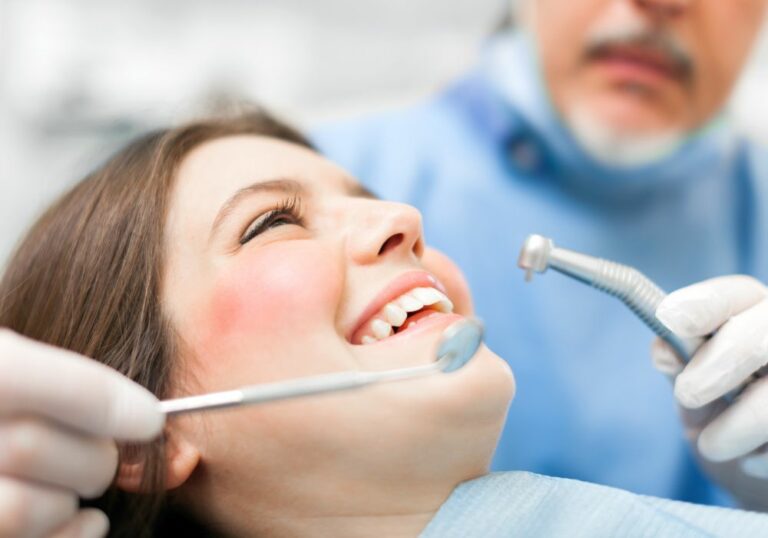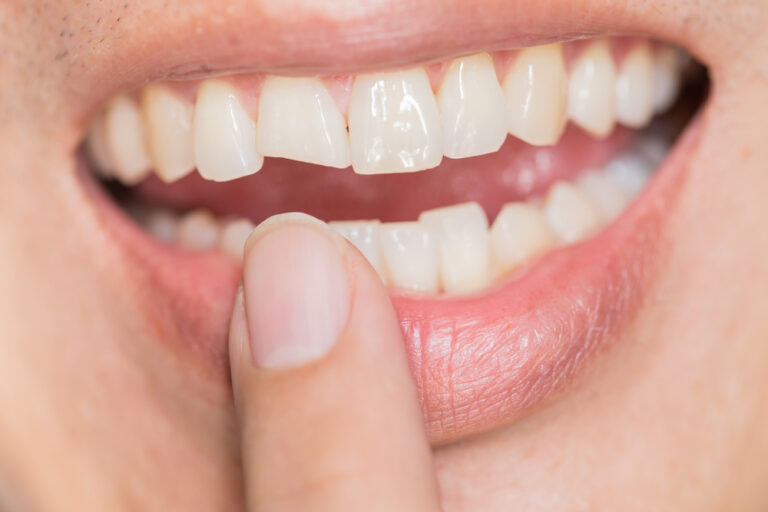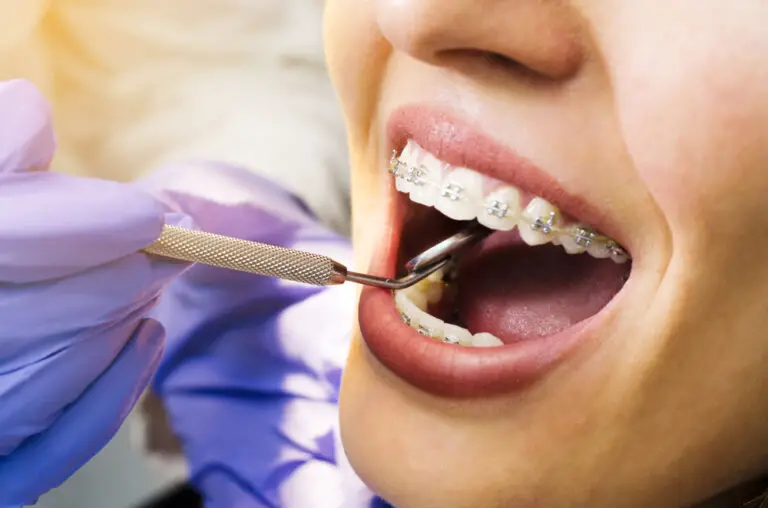Root canals are a common dental procedure used to save damaged or infected teeth. During a root canal, the pulp tissue inside the tooth is removed and the interior of the tooth is cleaned, shaped, and sealed. While any tooth can require a root canal, certain teeth are more susceptible than others. Understanding which teeth are most prone to needing root canals can help you take steps to protect your dental health.
Teeth Most Prone to Root Canals
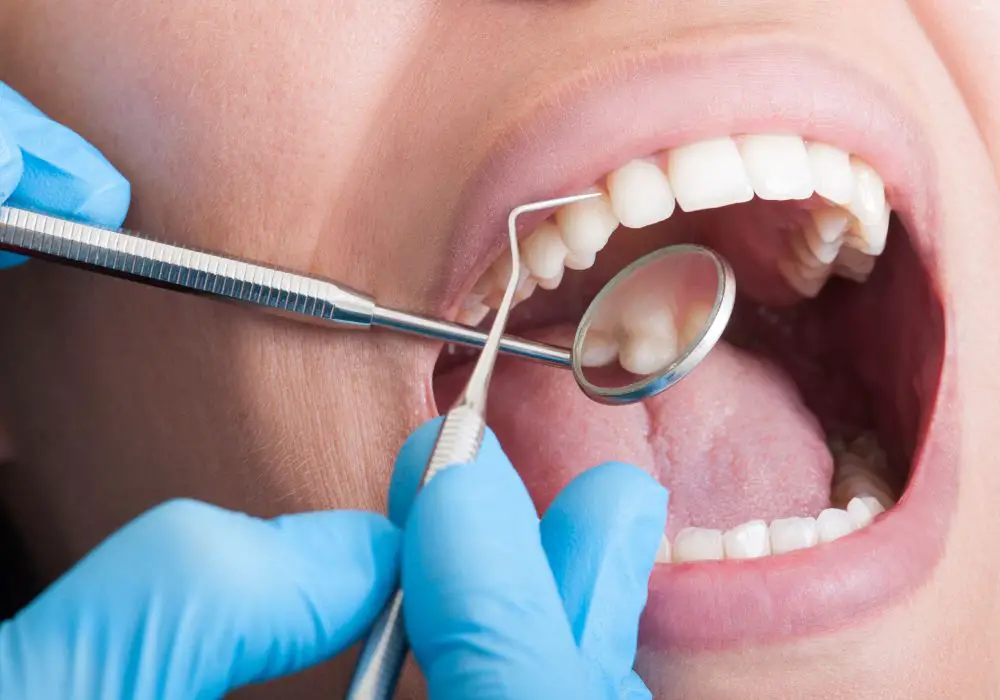
Molars
Molars, the large grinding teeth at the back of your mouth, are the tooth type most likely to require a root canal. The maxillary molars (upper molars) and mandibular molars (lower molars) have more anatomy than other teeth, with multiple roots and complex pulp systems. This intricate inner structure, combined with the force placed on molars during chewing, makes them very prone to issues requiring root canal therapy.
First molars are usually the first permanent teeth to erupt, around age 6-7. Because they have been in the mouth so long, first molars have had decades of wear and tear and are extremely likely to need treatment. Third molars, also called wisdom teeth, are primarily extracted if problems develop but may occasionally have a root canal attempted to try and save them.
Premolars
The teeth located in front of the molars are the premolars, also known as bicuspids. Upper and lower premolars have two cusps and two roots, making them more complex than incisors or canines. These dual-rooted teeth have a high incidence of requiring root canals, especially mandibular premolars. Fractures in the roots are common in lower premolars, allowing bacterial infections to enter the inner pulp tissue.
Incisors
Maxillary central incisors, the top front two teeth, are more likely to need root canals than other anterior teeth. Their singler root has a wide pulp system inside that is directly connected to the pulp of the tooth beside it. Trauma to upper front teeth is also common, exposing the pulp and necessitating root canal therapy.
Canines
Canines have a pointed single cusp and single root. Maxillary canine teeth often protrude beyond the other teeth, meaning they can sustain fractures and injuries leading to the need for root canals. Lower canines are not as prone to damage since they are somewhat protected by the upper teeth when biting.
Table of Teeth Most to Least Prone to Root Canals
| Tooth Type | Root Canal Frequency |
|---|---|
| Molars | Very High |
| Premolars | High |
| Maxillary Incisors | Moderate |
| Maxillary Canines | Low-Moderate |
| Mandibular Canines | Low |
| Mandibular Incisors | Low |
Factors that Increase Root Canal Risk
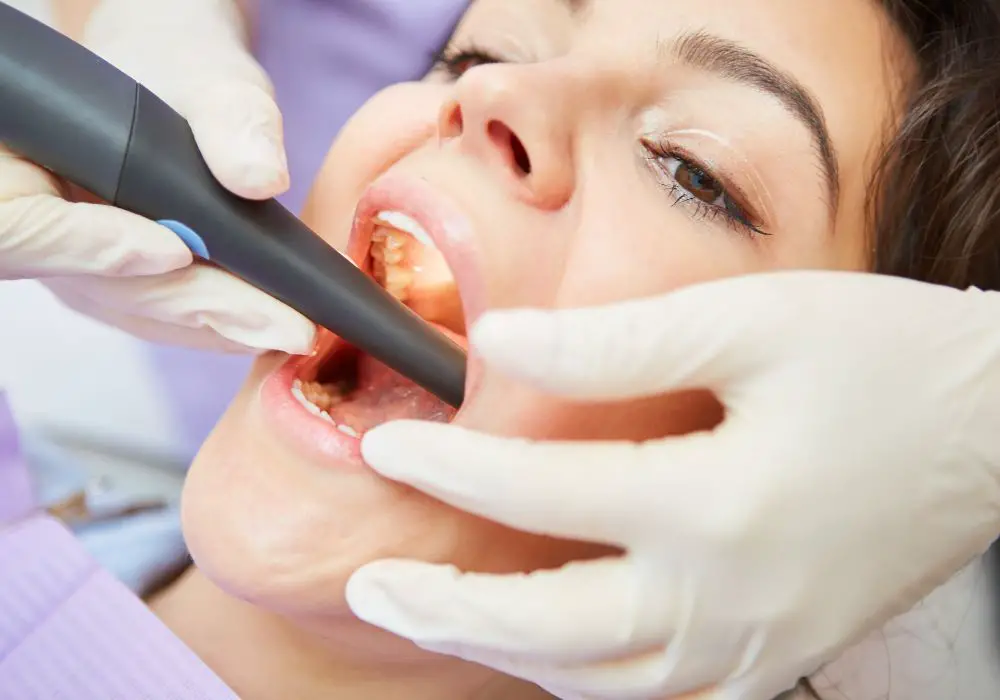
While certain teeth are naturally more likely to have root canals, risk factors can also increase the need for root canal therapy. Being aware of these factors allows you to take preventive action to protect your teeth.
Deep Fillings
When a cavity extends deep into the inner structure of a tooth, the nerve may become irritated or inflamed. Fillings placed close to the pulp chamber can increase temperature sensitivity and the chance of needing a root canal.
Cracks or Chips
Cracks, fractures, and chipping expose the inner tooth structure to bacteria. Cracks allow infection to spread through the tooth quickly. Left untreated, bacteria reach the pulp tissue, leading to infection and abscess.
Repeated Dental Procedures
Teeth that have undergone multiple fillings, crowns, or orthodontic treatment are more likely to develop issues. Extensive dental work removes protective enamel, dentin, and cementum, leaving the pulp more susceptible to inflammation.
Trauma
Injury to teeth, especially front teeth, is a key reason healthy teeth require root canals. Falls, sports collisions, and car accidents can crack teeth or displace them, damaging the pulp. Seeking emergency dental care quickly after trauma can often save the tooth.
Tooth Grinding/Clenching
Chronic grinding and clenching puts significant pressure on teeth, leading to fractures, cracks, and pulp inflammation. Wearing a nightguard helps protect teeth if you are a habitual tooth grinder.
Poor Oral Hygiene
Insufficient brushing and flossing allows plaque buildup. Bacteria in plaque invade the inner layers of teeth, getting closer to the pulp chamber. Good oral care prevents decay and protects your teeth.
Steps to Prevent Needing a Root Canal
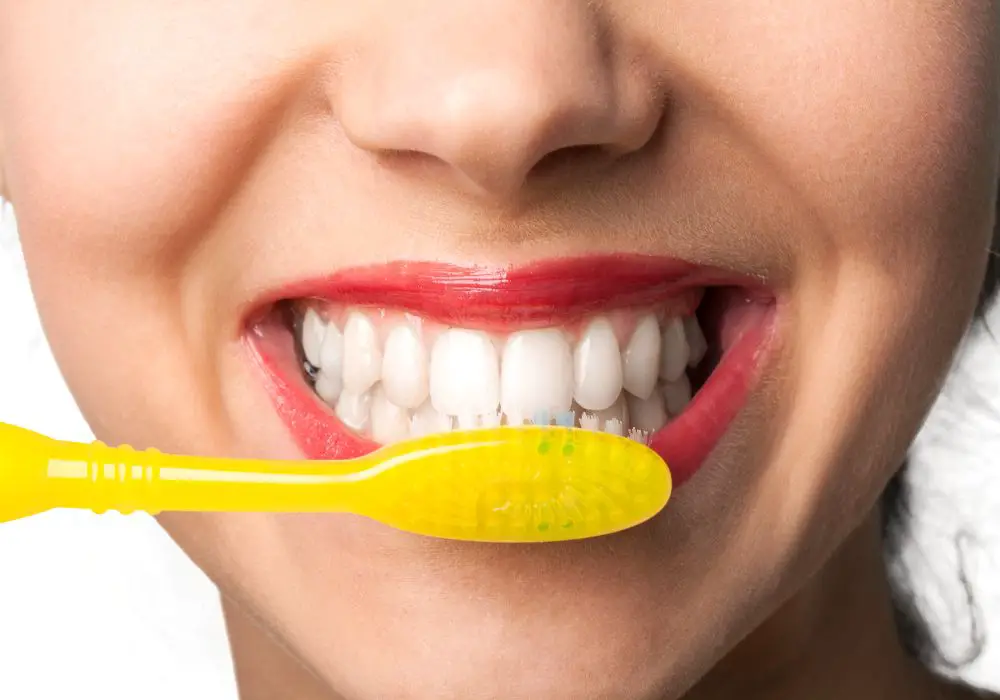
While there are some risk factors you can’t avoid, there are many proactive steps you can take to prevent root canals:
- Brush thoroughly twice a day and floss daily
- Use fluoride toothpaste and rinse
- See your dentist for regular checkups and cleanings
- Address new cavities early before they extend deep into the tooth
- Wear a mouthguard if you play sports or grind your teeth
- Avoid chewing hard items like ice or popcorn kernels
- Limit sugary and acidic drinks like soda that damage enamel
- Don’t chew on hard items like pens or fingernails that can crack teeth
- Seek prompt care if you injure a tooth to keep the pulp vital
Performing good oral hygiene, protecting teeth from trauma, and getting restorative care early are the best ways to avoid needing root canal therapy. However, even with excellent prevention, teeth may still become infected or damaged. If recommended by your dentist, getting a root canal promptly can save your tooth and prevent the need for an extraction.
Root Canal Aftercare and Long-Term Prognosis
After having a root canal, it is essential to take steps to ensure the long-term survival of your tooth:
- Place a permanent crown or restoration after the root canal to protect your tooth. The crown seals and strengthens the tooth.
- Maintain meticulous oral hygiene to prevent reinfection of the tooth. Brush carefully around the crown and floss between teeth.
- Avoid chewing extremely hard, crunchy, or sticky foods that could dislodge the crown.
- See your dentist promptly if you notice swelling, pain, or changes around the crowned tooth that could indicate reinfection.
With proper restoration and care, the American Association of Endodontists states that the success rate of initial root canal therapy is between 85% to 95%. In most cases, a root canal can save an infected or injured tooth for many years to come.
Frequently Asked Questions
Q: Which front teeth are most likely to need a root canal?
A: The two upper central incisors are the front teeth that most often require root canal treatment. Their single wide root structure and protruding position make them prone to trauma and pulp inflammation.
Q: If a molar needs a root canal, can it be saved?
A: Molars with deep decay, cracks, or trauma often do require root canals to save them. Since molars have multiple roots, the procedure can be complex but is often still attempted to avoid extracting the tooth. Success rates may vary depending on the extent of infection.
Q: How long does a root canal treated tooth last?
A: With a proper restoration like a crown and good oral hygiene, a root canal treated tooth can last for many years, often 10 years or longer. Annual dental exams help catch any new decay or cracks that could threaten the tooth’s survival.
Q: Can a root canal fail and need re-treatment?
A: Yes, in some cases. If the infection was not fully eliminated the first time, the tooth may become reinfected and need a second root canal. The success rate of re-treatment is around 75%. Other options include tooth extraction or dental implants.
Q: Are root canals painful?
A: Most patients report root canals do not hurt due to the use of local anesthesia. There may be some tenderness afterward but generally not extreme pain. More noticeable discomfort usually means the tooth has become infected again and treatment is needed. See your dentist right away if you experience intense pain.
Conclusion
Understanding which teeth are prone to needing root canal treatment can help you take preventive action. Molars and premolars are most susceptible due to their complex inner anatomy. Trauma and recurring decay also raise the risk for anterior teeth. Practicing excellent oral hygiene, protecting your teeth from injury, and getting restorative work completed early are the best ways to avoid root canals. But even with great care, root canals are sometimes necessary to save a damaged or infected tooth.

